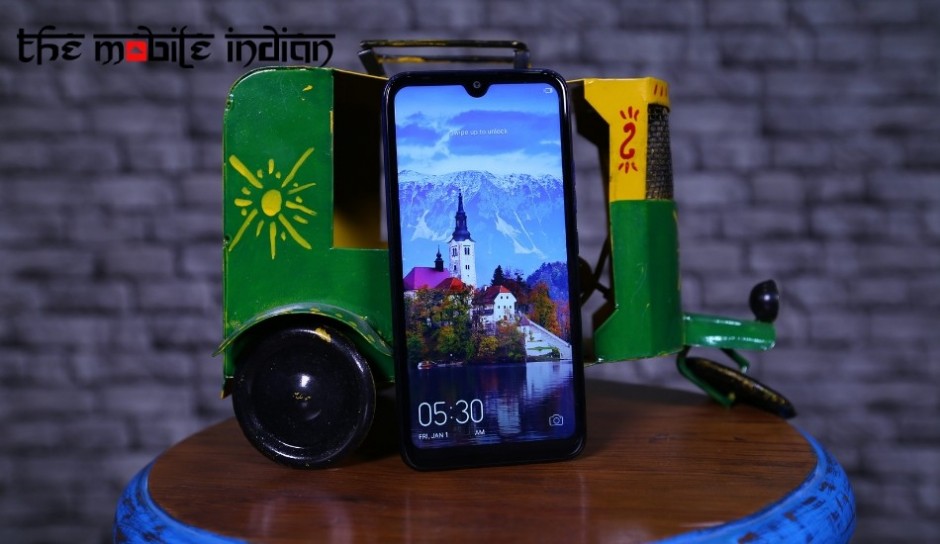Sometime back iQOO, a sub-brand of Vivo launched a 5G smartphones iQOO3 with Snapdragon 865 SoC, 55W Superfast charge, quad-camera setup which includes 48MP + 13MP (Telephoto-20X Digital ZOOM) +13MP (Wide Angle)+ 2MP (Bokeh). You will also get a 16-megapixel shooter for selfies and video calls. iQOO 3 4G comes with a price tag of Rs 36,999 for the 8GB RAM + 128GB of internal storage and Rs 39,999 for the 12GB RAM + 256GB of internal storage. The iQOO 3 5G smartphone comes with a price tag of Rs 44,999. So, should you buy it? Let’s find out.
iQOO 3 : Hits
With regular use, you can get about a day and a half of battery backup without any issues. In our charging test, where we used the bundled 55W adapter and the Proprietary cable, we were able to charge 100% in 50 minutes. Also, a short five-minute charge can give you 15 percent battery which is impressive.

The iQOO 3 Come with an under-display optical fingerprint reader and face biometric recognition solution. Both are quick and dependable. Face Unlock even works smoothly in low light as well.
The smartphone can handle any game smoothly. While playing PUBG Mobile, we did not notice any lag or stutter. The gaming triggers are handy and help in gameplay.
iQOO : Mixed Bag
The smartphone looks great but doesn’t flaunt a completely new design as compared to the other smartphone in the market. It is available in Volcano Orange, Quantum Silver and Tornado Black colour options. The phone has a glossy back panel and is quite slippery, which is why using a case will be wise.
The iQOO 3 5G has a 6.44 inch Super AMOLED Display which supports 60Hz refresh rate, and a lot of people who are into gaming may not like it, but for all other practical purposes, the screen is vibrant and punchy. The brightness offered by the smartphone Is among the best in its price segment.

The iQoo 3 has a quad-camera module at the back. It was quick to lock focus, and the AI scene detection was more or less on target. In daylight, snaps were decent, but the colour tone was a bit off, and grains were visible on the zooming. If you want to explore wide-angle-camera be ready for reduced image quality and distortion around the edges. The telephoto camera does 2x Optical Zoom which delivers as expected.

Portrait shots with the primary camera were good, and the bokeh effect seemed to be natural. The wide-angle-camera takes macro shots as well on iQoo 3. Macro shots came out really well with a good amount of detail.
.jpg)
.jpg)
Low-light camera performance was average and lacked detail. Switching to Night mode only made the snap a bit brighter with showed slightly better details. Selfies taken with the iQoo 3 were excellent, especially in outdoors. One thing I didn’t like that the beautification was added by default.
.jpg)
Video recording tops out at 4K 60fps for the primary camera and 1080p 60fps for the selfie shooter. In daylight, we noticed that the video showed a slight shimmer effect. The low-light video was just decent.


iQOO 3: Misses
The iQOO 3comes loaded with iQOO UI based on Android 10, which does look like the latest version of Vivo’s FunTouchOS. Most of the flagship smartphones suffer from the same issue – High on specs and low on software optimization. iQOO is no different. The UI needs to be more refined for smoother operation and unnecessary notifications should be there. Even preloaded apps should be a minimum if they can’t be avoided.


